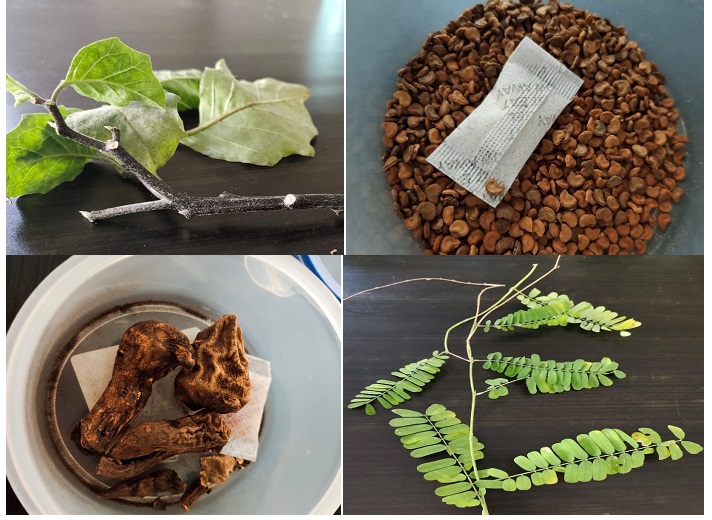Medicinal Uses of Poisonous Plant - A Brief Review
Abstract
A poisonous plant is defined as a plant that when touched or ingested in sufficient quantity can be harmful or fatal. Many plants are harmful to people when consumed or through skin contact with plant chemicals. Poisonous medicinal herbs are used to treat a variety of illnesses, including diabetes, cancer, infection, and fungal growth. According to the review, numerous phytochemical components that have diuretic, purgative, laxative, anti-allergic, and other significant therapeutic effects have been identified from a variety of medicinal plants. If utilized appropriately, poison can be life-giving, calming to the three Doshas, encouraging, and regenerating. The poisonous plants categorized in Visha and Upvisha in Ayurveda texts. Agadtantra is an important branch of Astanga Ayurveda. Importance of this branch has been described in our Vedas, Epics, and Samhita. Proper description, classification, clinical features, and management of any kind of Visha has been described in this branch. Name of some poisonous plants are Dhatura, Vatsanabha, Bhallataka, Bhanga, Kuchala, Vacha and Gunja etc. Shodhana process is the only bridge between Visha and Aushadhi. Shodhana is the process by which physical, chemical and natural impurities are removed. It will intensify the potency, effectiveness of drug, nullify the toxicity. The aim of this review article is to provide a brief overview of the numerous medicinal uses of some poisonous plant.
Downloads

Copyright (c) 2023 International Journal of Ayurveda and Pharma Research

This work is licensed under a Creative Commons Attribution-NonCommercial-ShareAlike 4.0 International License.






